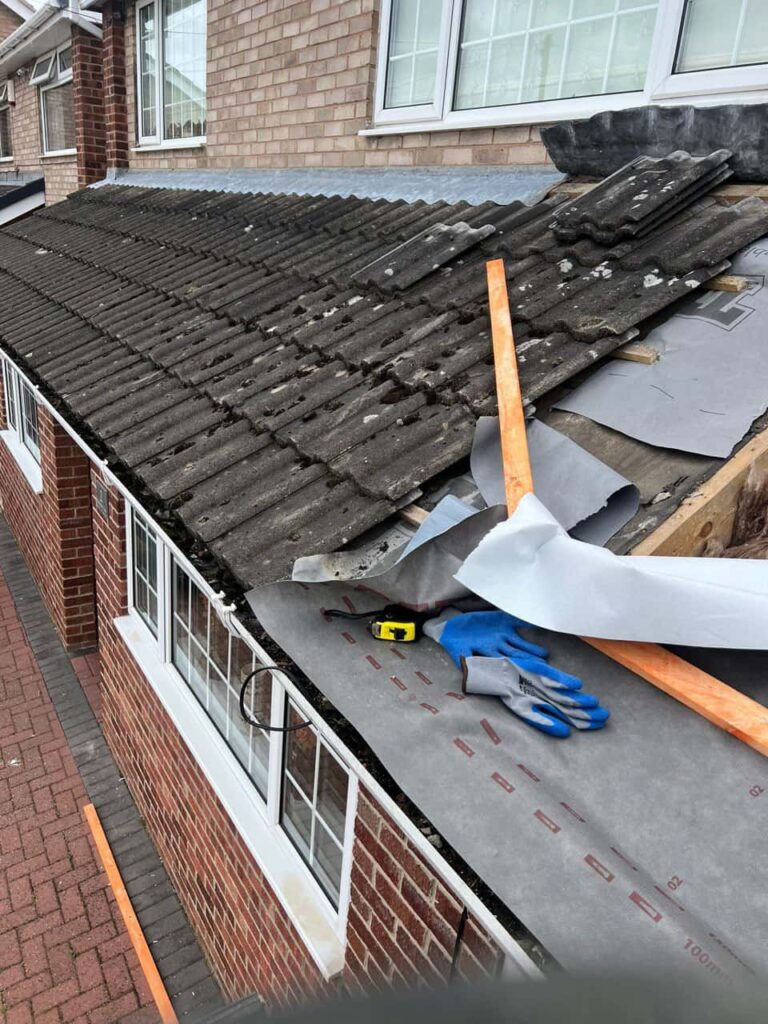Introduction: Lead flashing is a vital component of your roofing system, providing essential protection against water infiltration and potential damage to your home. The lifespan of lead flashing can vary depending on various factors, including the type of lead used and environmental conditions. In this blog post, presented by Calverton Roofing Repairs, we’ll explore the lifespans of different types of lead flashing and provide insights into how to maximise their durability.
1. Milled Lead Flashing
Milled lead flashing, known for its high quality and durability, is often used in roofing applications. When properly installed and maintained, milled lead flashing can last up to 200 years. This exceptional longevity makes it a preferred choice for many roofing projects.
2. Rolled Lead Flashing
Rolled lead flashing, while still durable, typically has a shorter lifespan than milled lead. It can last anywhere from 50 to 100 years, depending on the thickness of the lead and environmental conditions. Regular maintenance and inspections can help extend its lifespan.
3. Lead Alternatives
In recent years, lead alternatives have gained popularity due to environmental concerns. These alternatives, such as plastic or rubber flashing materials, have varying lifespans. While they may offer advantages in terms of ease of installation and reduced environmental impact, they generally have shorter lifespans than traditional lead flashing.
Factors Influencing Lead Flashing Lifespan
Several factors can influence the lifespan of lead flashing:
Environmental Conditions: Exposure to harsh weather, extreme temperatures, and pollution can accelerate corrosion and affect the lifespan of lead flashing.
Maintenance: Regular inspections and maintenance can help identify and address issues before they become extensive and costly. Timely repairs and cleaning can extend the lifespan of lead flashing.
Proper Installation: Correct installation by experienced professionals is crucial for maximising the lifespan of lead flashing. Improper installation can lead to premature failure.
Type and Thickness: The type and thickness of lead used in flashing can impact its durability. Thicker lead generally lasts longer.
Conclusion: The lifespan of lead flashing varies depending on factors such as type, thickness, environmental conditions, maintenance, and installation quality. Milled lead flashing is known for its exceptional durability and can last up to 200 years, making it a preferred choice for many roofing projects. Rolled lead flashing has a lifespan of 50 to 100 years with proper care. Lead alternatives offer environmental benefits but often have shorter lifespans.
Call us on: 0115 647 1193
Click here to find out more about Calverton Roofing Repairs
Click here to complete our contact form and see how we can help with your roofing needs.

